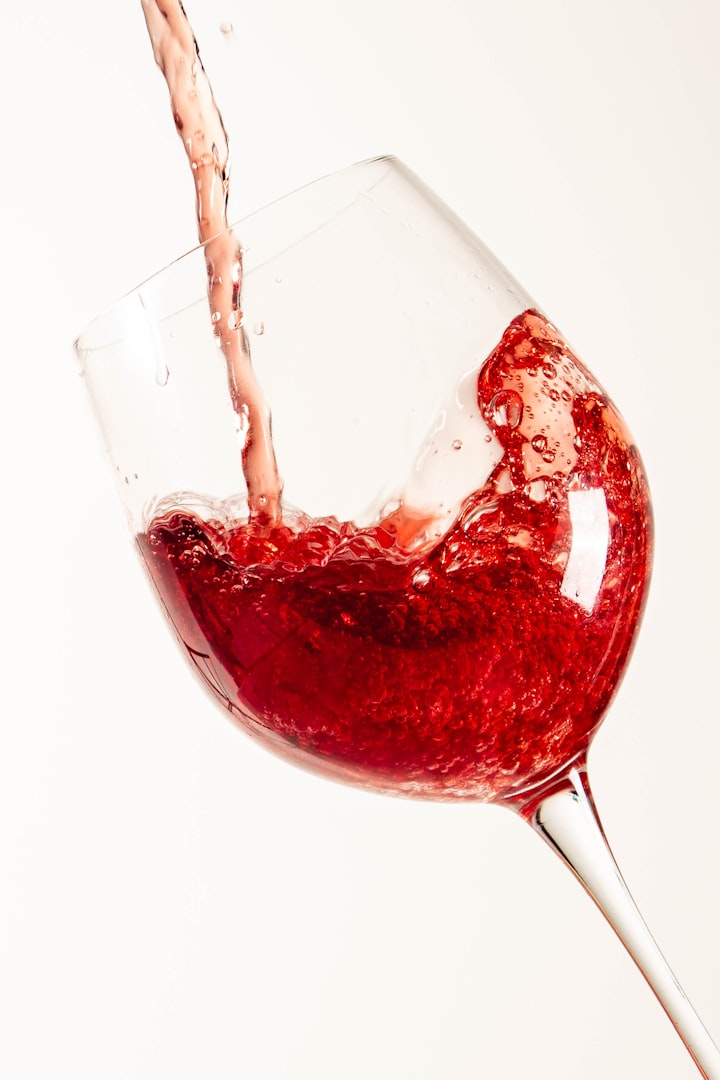The Types of Wine Glasses
And How to Use Them When Serving Meals
If you've ever been to a specialty store or even a simple supermarket in the area of beverage accessories, you already know that there are a lot of types of wine glasses.
What are the differences between them, how to choose them, and how to use them, we talk in the lines below?
A little history
The idea that there is an ideal type of glass for each wine variety is quite controversial. In 1973, Claus Ridel (founder of Ridel, a glass company) launched a smart marketing campaign for the sale of wine glasses.
According to Riedel, the shape of the glass, if it is the perfect one, can help the consumer to feel better the aroma of the wine and direct the drink to that area of the mouth where the perception of the taste of the wine is made at the highest level.
As a result of this campaign, sales have risen sharply, and Riedel's principles continue to be appreciated and respected, although several studies contradict them.
Types of wine glasses
Although Riedel's principle - one type of glass for each wine variety - is often considered exaggerated and just pure marketing, there is still consensus on the need for more types of glasses depending on the type of wine served, and the 5 main categories are glasses for red wine, glasses for white wine, glasses for rosé wine, glasses for sparkling wine and glasses for fortified and dessert wines.
The shape of red wine glasses
Red wine glasses usually have a large cup and a short leg.
To fully enjoy their aroma, red wines should be served at room temperature. This means that the proximity of the hand to the cup does not affect the temperature of the drink, so you do not need a very long leg.
Red wines contain more tannins than white wines, so they need to be aerated to "soften" the tannins and release the flavor of the wine. he also drinks it and enjoys the olfactory perceived qualities.
The shape of white wine glasses
Unlike red wine glasses, white wine glasses have a longer leg and a smaller cup.
White wines reveal their aroma best when cooled, so the longer leg of the glass prevents the drinks from heating up by touching the hand.
Most often, white wine glasses are U-shaped to keep the temperature low for as long as possible, but also to direct the drink to the center of the mouth, where the aromas of white wine are best perceived. Depending on the maturity and specificity of the wine, however, white wine glasses may differ slightly.
The shape of pink wine glasses
Because rosé wines go through a fermentation process similar to that of white wines, the use of white wine glasses for rosé wines is accepted. The specific glasses, however, have a shorter cup, slightly tapered, and sometimes a slightly flared lip to direct the drink to the tip of the tongue, where the taste buds are more sensitive to sweetness.
The shape of sparkling wine glasses
The sparkling wine glasses are cylindrical and have a narrow cup to maintain the carbonation of the drink and to concentrate its flavor.
The shape of glasses for fortified wine and dessert
Dessert wines are very sweet, and fortified wines have a higher alcohol content than usual. Both are recommended to be consumed in small glasses, to direct the drink directly to the back of the mouth, so that the sweetness and alcohol do not predominate and thus cover the taste and flavor of the wine.
Regarding the color of the wine glasses, all the specialists will recommend you to choose the classic ones, to let the color of the wine be "star".
You can opt for glass glasses or crystal glasses, with the mention that the latter has a more beautiful shine and can transform the wine tasting experience, especially for connoisseurs, but they are more expensive and fragile.
Next time you want to enjoy some wine, serve it in the ideal glass and enjoy a treat with the connoisseurs!






Comments
There are no comments for this story
Be the first to respond and start the conversation.